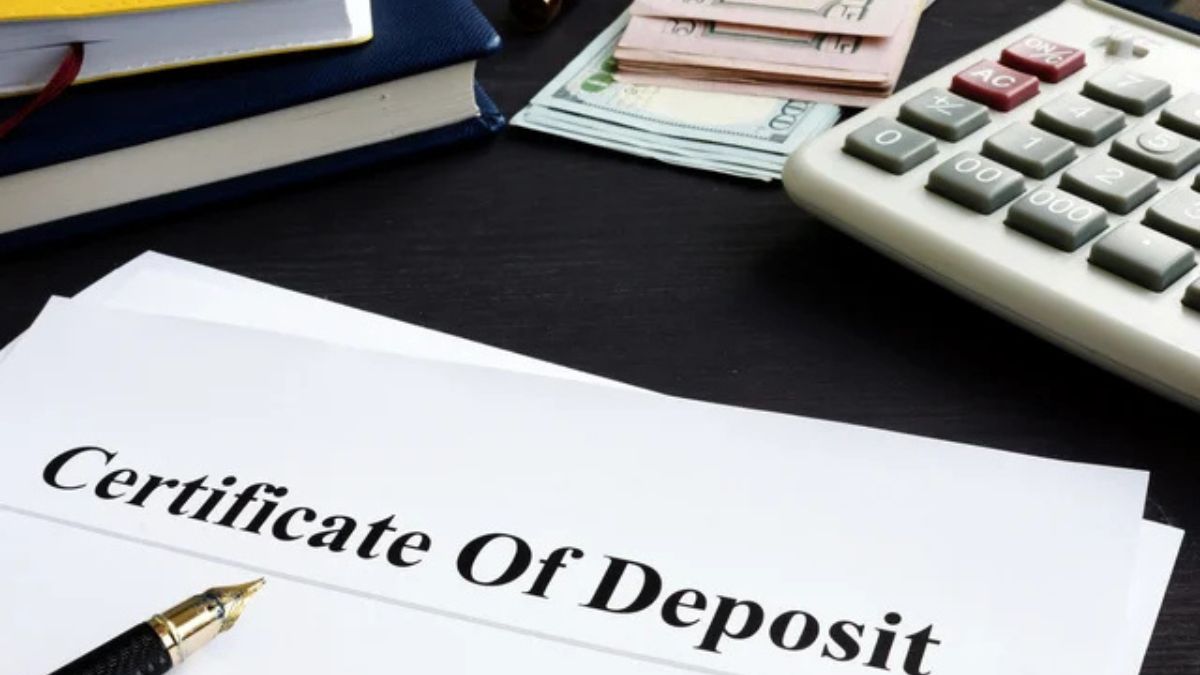Saving \$500 might not sound life-changing, but in today’s uncertain economic environment, even modest amounts can provide a critical safety net. Recent surveys show that nearly 40% of Americans cannot cover a \$1,000 emergency expense, which makes smaller reserves essential for financial stability.
With traditional savings accounts averaging under 0.40% APY, many savers are looking to certificates of deposit (CDs) for better, more predictable returns. In August 2025, CD rates remain competitive, offering households an opportunity to lock in yields before possible rate cuts later in the year.
This guide explores exactly how much a \$500 CD can earn, what factors influence growth, and how CDs stack up against high-yield savings accounts.
Earnings Potential for a \$500 CD in August 2025
The amount a \$500 deposit earns depends on the CD term length and interest rate (APY). Using current top market rates, here’s what savers can expect if they commit their funds today:
| CD Term | APY (%) | Maturity Value | Interest Earned |
|---|---|---|---|
| 3 months | 4.25% | \$505.23 | \$5.23 |
| 6 months | 4.28% | \$510.59 | \$10.59 |
| 9 months | 4.30% | \$516.04 | \$16.04 |
| 12 months | 4.40% | \$522.00 | \$22.00 |
| 18 months | 4.16% | \$531.52 | \$31.52 |
| 24 months | 4.10% | \$541.84 | \$41.84 |
| 36 months | 4.10% | \$564.06 | \$64.06 |
| 60 months | 4.15% | \$612.73 | \$112.73 |
While a five-year CD yields the highest growth (\$112.73), shorter-term CDs provide quicker access to funds, making them better for those worried about liquidity.
Factors That Influence CD Earnings
Several key factors affect how much a CD grows over time:
- Term Length – Longer terms usually deliver higher total interest, though rates can vary depending on bank offerings.
- Compounding Frequency – Interest compounding daily or monthly can slightly boost returns compared to annual compounding.
- Early Withdrawal Penalties – Accessing money before maturity often leads to losing earned interest or, in rare cases, part of the principal.
For smaller deposits like \$500, the APY matters most. Still, penalties and liquidity restrictions should not be ignored when choosing a CD.
CDs vs. High-Yield Savings Accounts (HYSAs)
Both CDs and HYSAs are popular low-risk savings tools, but they work differently.
| Feature | CD | HYSA |
|---|---|---|
| Rate Type | Fixed for the term | Variable, can change anytime |
| Access | Funds locked until maturity | Flexible, withdraw anytime |
| Penalties | Yes, for early withdrawal | No penalties |
High-yield savings accounts often match short-term CD rates but may decline if the Federal Reserve cuts interest rates. CDs, on the other hand, guarantee fixed growth but require locking funds for a set time.
Why \$500 in a CD Matters
Even though \$500 won’t double your wealth, it provides a foundation for financial discipline. Here’s why it matters:
- It builds a reliable emergency cushion.
- It locks in guaranteed returns in a time of economic uncertainty.
- It prevents funds from being spent impulsively since they’re tied up until maturity.
- It can complement other savings accounts, balancing liquidity with higher returns.
With inflation still squeezing household budgets, even small amounts of predictable growth can help families cover essential expenses.
Outlook for Savers in August 2025
Opening a CD in August 2025 could earn anywhere from \$5 on a short 3-month deposit to over \$112 on a five-year CD. The decision comes down to priorities:
- Choose short-term CDs if you want flexibility and quick access.
- Choose long-term CDs if you can set aside funds and maximize returns.
- Consider HYSAs if flexibility is more important than fixed rates.
With interest rate cuts expected later in the year, locking in today’s higher CD rates could be a smart move for households aiming for stable, predictable growth.
FAQs
1. How much can \$500 earn in a one-year CD in 2025?
At an APY of 4.40%, a one-year CD would grow to \$522, earning \$22 in interest.
2. Is a CD better than a high-yield savings account?
CDs guarantee fixed returns but lock funds until maturity. HYSAs allow flexibility but have variable rates that could fall if interest rates decline.
3. What happens if I withdraw early from a CD?
You may face penalties, often losing some or all of the interest earned. In some cases, part of the principal could also be forfeited.
4. Are CDs safe for saving money?
Yes. CDs are FDIC-insured (up to \$250,000 per depositor, per bank), making them one of the safest places to store savings.
5. Should I open a CD in August 2025?
If you want to lock in high fixed rates before potential Federal Reserve cuts, August 2025 could be a good time to secure a CD.






